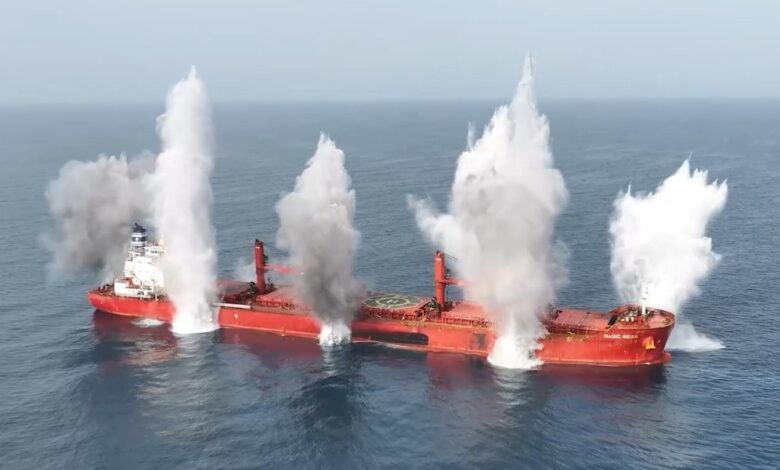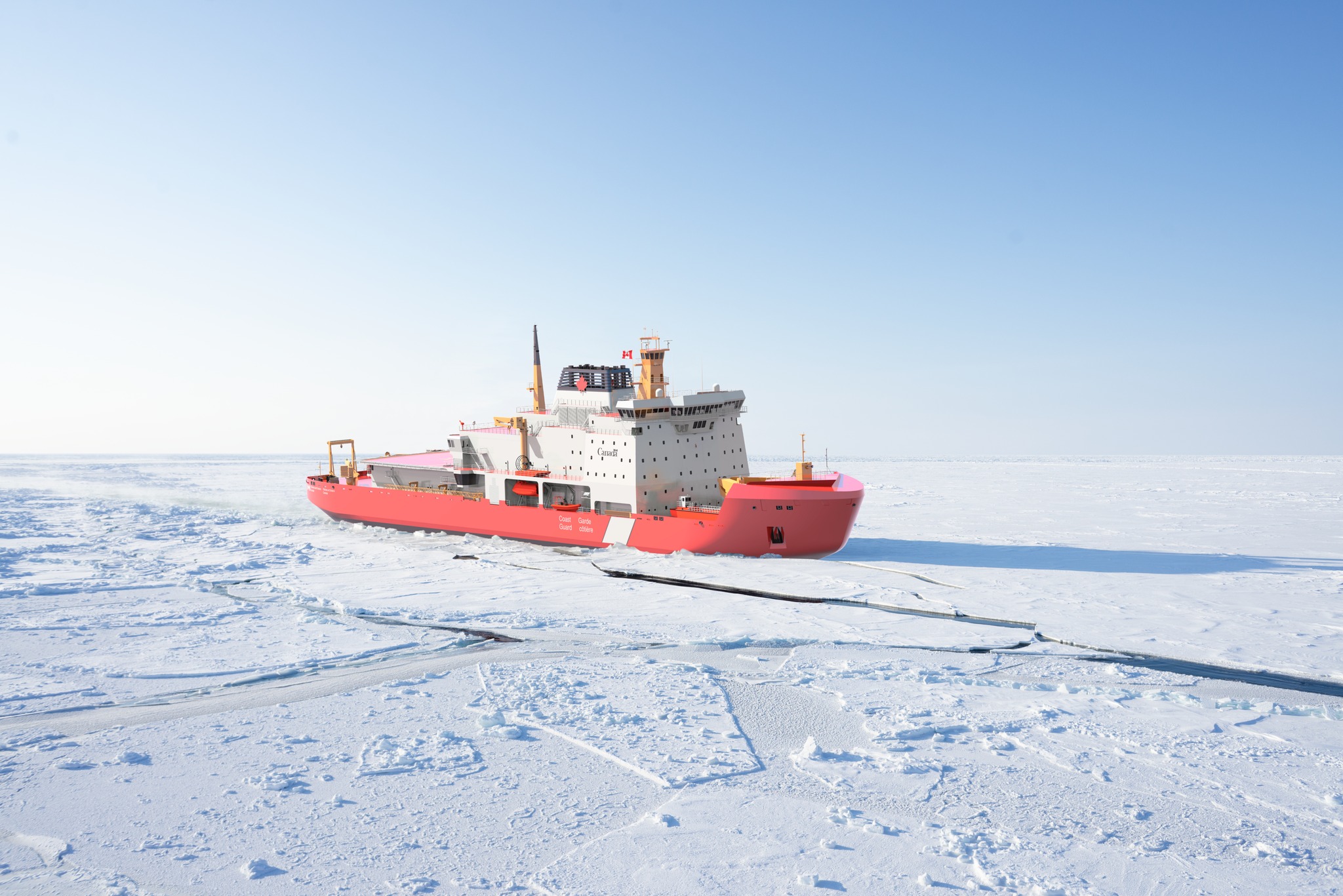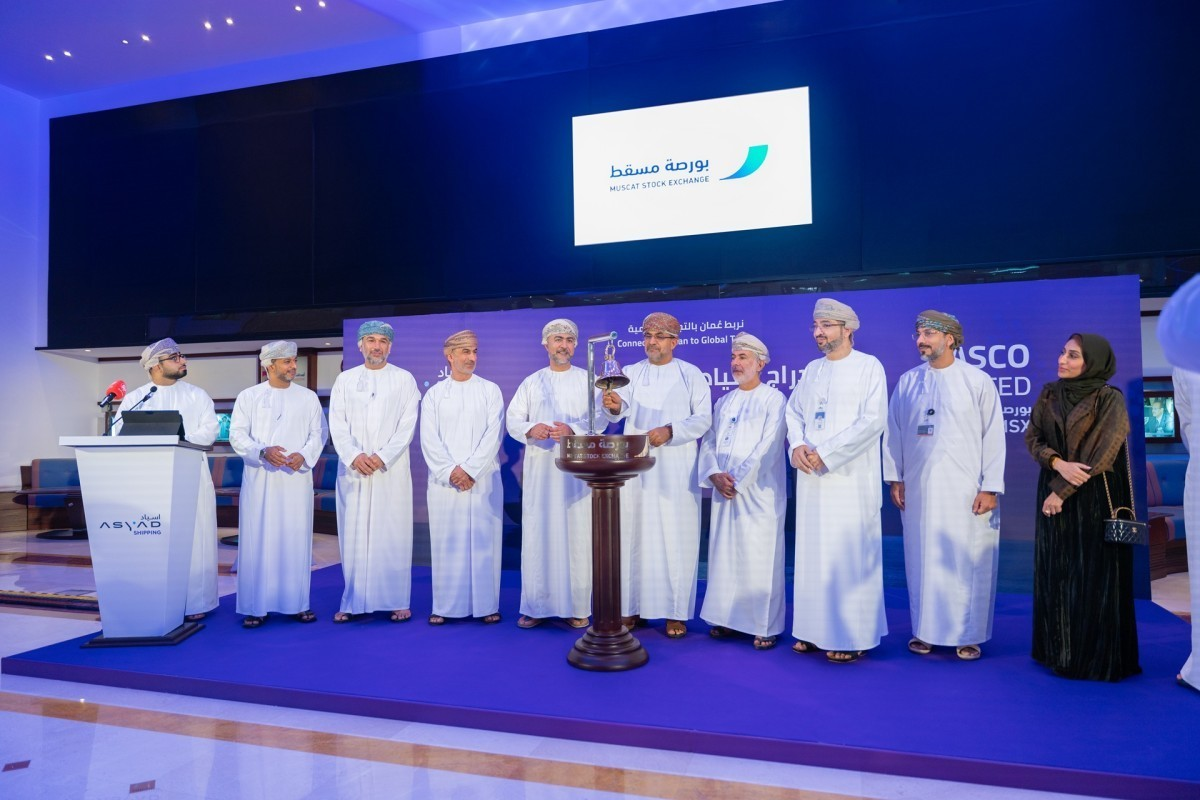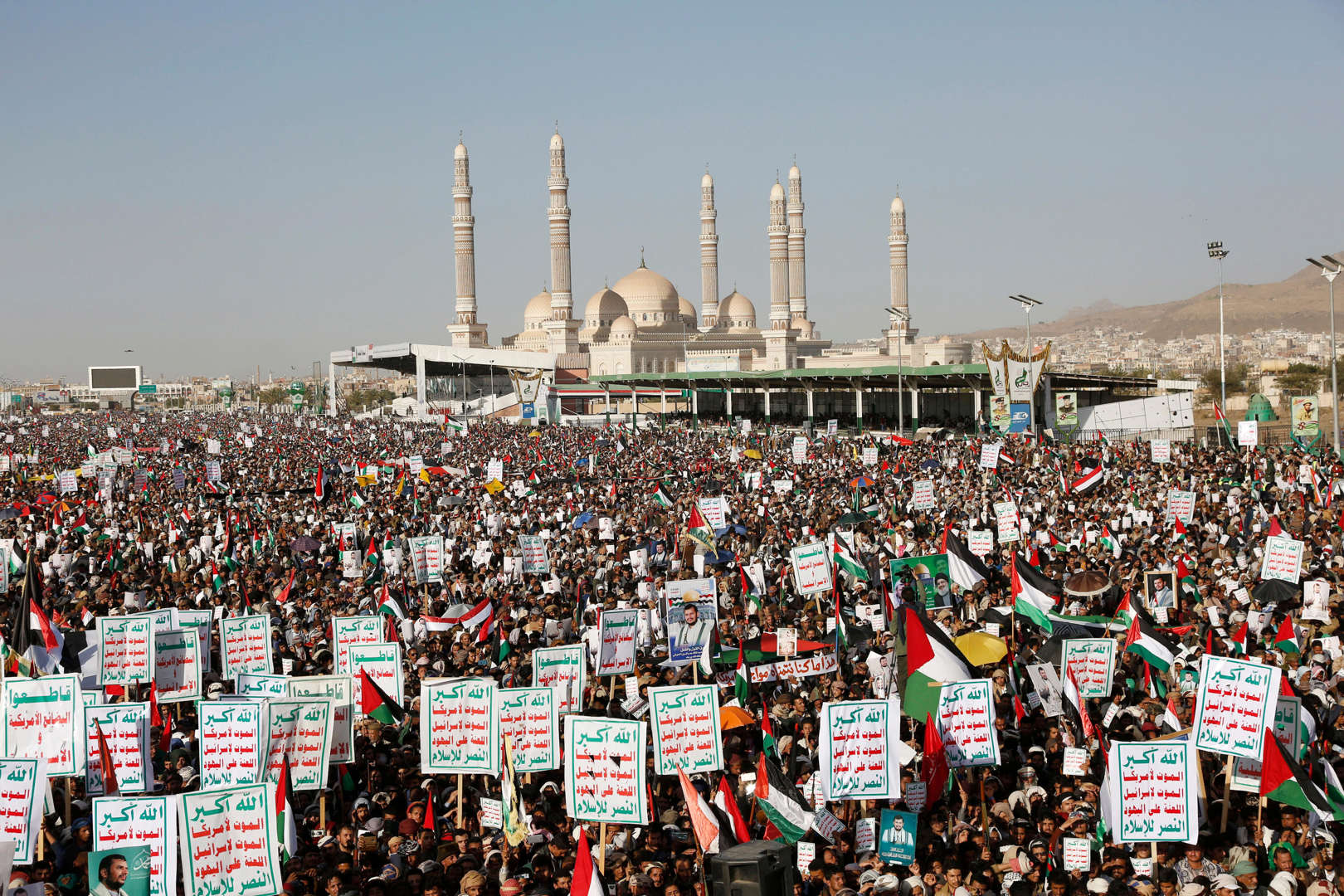Splash247 Seafarers and high-risk areas
In the wake of last week’s deadly Red Sea attacks, there’s been a lot of uncertainty created by the Philippines suggesting it will bar its nationals from serving onboard vessels heading to high-risk areas. Carl Martin Faannessen, the CEO of crewing agency Noatun Maritime, has some advice.
Spare a thought for the Philippines’ Department of Migrant Workers (DMW). They are handling a diaspora of millions of Filipinos working overseas. The majority of them work on land, not on vessels. And on land, there is no Maritime Labour Convention.
A rule of thumb applied in crewing in the Philippines is that every seafarer will support at least 10 people at home. Immediate family, relatives, etc., all benefit from the steady earnings of seafarers. And all of them are on social media. The Philippines is one of the world’s top nations when it comes to the prevalence and use of social media. This means that the DMW can be blindsided by a national media storm at any moment.
This storm will, more often than not, be accompanied by congressmen and senators wading in. They are politicians, and they will do what politicians do everywhere: Make political hay when they can.
And then there’s the public. Emotional responses are swift, gratifying to indulge in, and do not have to care about consequences. Once the public start piling onto any specific case or a named individual in government, the career prospects of the individual in charge grow dim indeed. See above, politicians, who must be seen to do something.
With this in mind, some of the latest issuances from the DMW begin to make an odd sense.
The DMW does not want to be caught flatfooted if/when something happens to a Filipino seafarer. Especially so if the “something” is broadcast in slickly produced videos. Hence the onus is on the owner or manager (the ‘principal’ in DMW’s terminology) through the local manning agent to inform DMW whenever something untoward happens.
Yes, if a band-aid and paracetamol are issued from the medicine locker onboard, this must be reported to DMW. Yes, they will want to see written evidence of crew being made aware of their rights when it comes to vessels operating in high-risk areas (HRAs) and war-like zones (WLZs). Yes, they do want to see the risk-assessment made before approaching any such area. It may seem excessive when seen from the outside, but from inside the system it has its own logic.
Nobody likes surprises, except for the ones that support our ambitions. This applies to all of us, including the DMW. They do not want to be caught up in an online storm about an incident they know little to nothing about. And I think that applies to most organisations – we don’t want negative surprises.
The DMW’s actions pertaining to vessels approaching or operating in HRAs/WLZs make an odd sense when seen from the perspective of the DMW. Their actions also play well to the public. A logical next step for the DMW would be to explain clearly to the principals, through the local manning agents, the dos and don’ts.
Several principals and manning agents have already asked their legal counsel in the Philippines for guidance. It would be better if this guidance came from the DMW, from someone there who can look at their issuances through the eyes of a responsible principal and manning agent. The DMW is blessed with several staff who can do this.
Here’s to continued constructive engagement between the DMW and the crewing industry, and an alignment on what principals and manning agents can and cannot control.
Related Posts





